Before I started working in the lab at Nordic Approach in early 2023, I was a production roaster at a small café located in the heart of Oslo. I had been a part of the roast team there for around 4-5 years, and it was there, on a 12kg Diedrich, that I learned how to roast.
We usually roasted 8kg at a time, 20 batches in a day, once a week. While one of us was behind the Diedrich, the other one would pack the coffee. We had a very set system behind the roaster, so we could always know exactly where each of us was in the process, in case we had to take over. This was important, as every adjustment was done manually. We followed the profiles with great precision and frequently did small tests to tweak them. By “tests”, I mean changing a couple of seconds in the developing time, or maybe introducing the gas a few seconds earlier or later. With roasting, every little detail counts, which is one of the things I love about it.
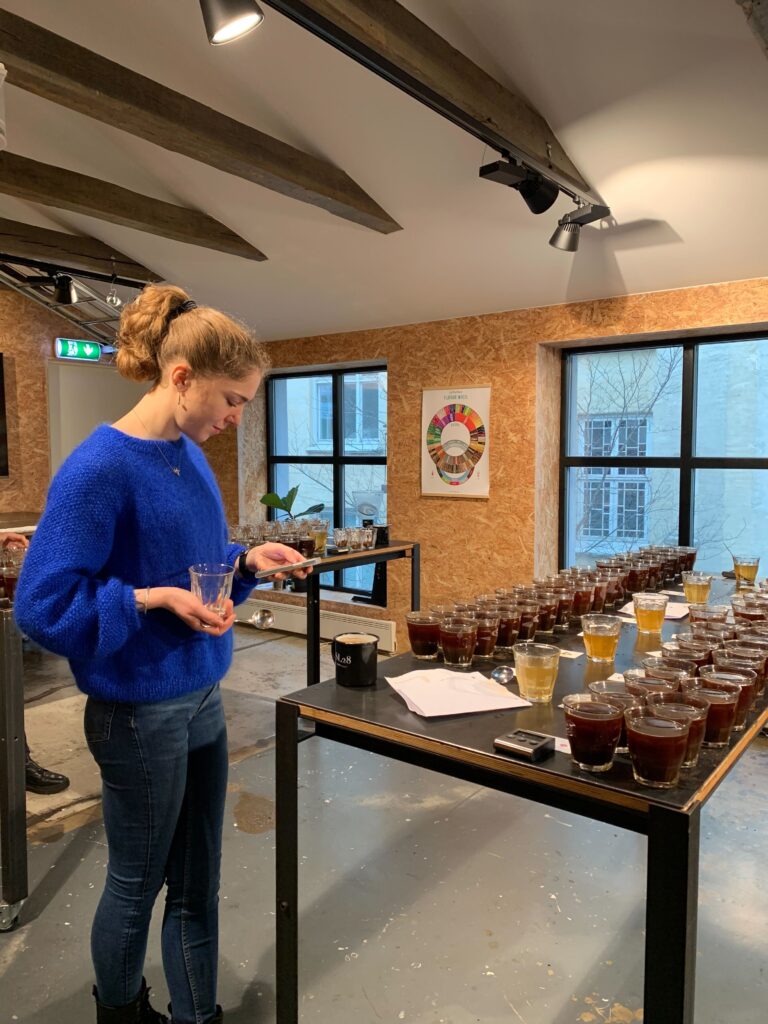
When I started at Nordic, I had my first experience with sample roasting — and boy oh boy was I in for a surprise! All the things I thought were set in stone about roasting coffee turned out to be more fluid. First crack no longer necessarily happened around 199-201C, but it could sometimes occur around 208C.
In the lab, we use ROEST sample roasters, which have a sensor that picks up the sound of the first crack so you can see how many have occurred and it won’t start the developing time before three cracks have been registered. I was used to listening hard for the first crack and reacting to the first POP I heard.
As mentioned, all adjustments on the Diedrich are done manually so it was a weird feeling going over to the ROEST where basically everything is automated. It’s possible to go in and override the profile mid-roast, but if you let it do its thing, the machine will adjust the roast to fit the selected profile. It will register the first crack and drop the beans after the preset developing time has been reached (or end temp if that’s what you’ve chosen as the end condition).
Even though I felt weird and redundant at first, I quickly realised how nice it was not to be glued to the roaster the whole day. With the ROEST sample roaster, I could go back and forth, keeping an eye on my roast while registering and measuring incoming samples, preparing new batches, packing roasted coffee, fixing archives — or even roast more samples on a second ROEST! It felt like being my own miniature roastery!
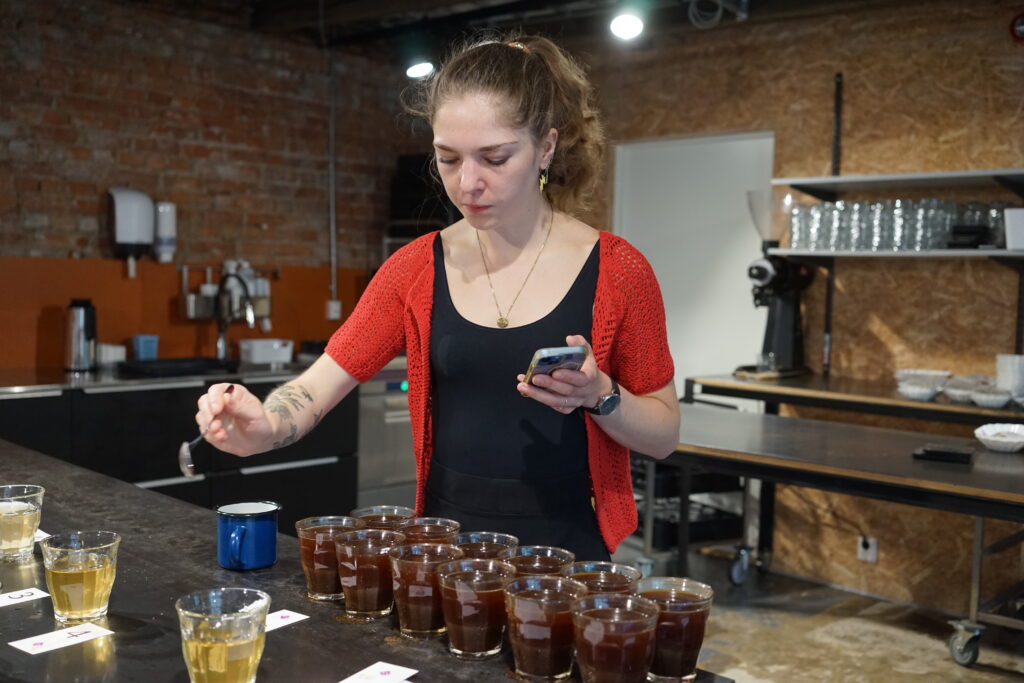
As you may have noticed, I’m a pretty big fan of the ROEST sample roaster. Another cool thing is how there’s so many options for making profiles from scratch — something I’d also never tried before. ROEST gives you the choice between making a profile based on Power, Air temp, Bean temp, Inlet temp, Bean/Inlet temp, Power/Bean temp — and you usually roast 100g at a time. Coming from a gas powered roaster, I prefer the Power profiles since they share more similarities with how you would adjust the gas and air.
However, I had to adjust my perception of high versus low values, and I did make many mistakes before getting a better idea of how the smaller batches work on a very different style roaster.
I’ve now been sample roasting almost every day for a bit more than a year and have come to terms with the fact that sample roasting is not production roasting. In production roasting, you will very likely end up with a tasty roast if you have a good profile that you follow and end up having similar developing time and lighttels to the reference roast.

Sample roasting is a bit more unstable. A roast with a beautiful RoR, a good end temp, and a sensible developing time, might end up tasting underwhelming compared to a batch with a more questionable roast — and so far I’ve not managed to do a sample roast that tasted as good as with a production roaster. There are many reasons for this, with one of the main ones being (in my opinion) that you often use the same profile for all roasts in sample roasting, whereas you have different and perfected profiles for each coffee in production.

Although sample roasting may be harder to control, there are a lot of great things about it. My favourite part, which ironically can also be the most frustrating (and another reason why sample and production roasting taste different), is that the batch volume is so small. On one hand, it makes it harder to control the roast. On the other hand, smaller quantities are perfect for experimenting more with new profiles and roasting different processing methods that you might not be so familiar with. It’s a wonderful way to learn about coffee! Before joining Nordic Approach I had never roasted anaerobic beans or extended fermentation lactobacillus. After plenty of trials (and errors), I now feel comfortable roasting these coffees — which I credit to the freedom of sample roasting. I’d love to try roasting these beans on a production roaster one day!
When I’m asked about how I experience the difference between production and sample roasting, I usually answer very short and cheesy: It’s a bit like painters approaching a new piece. First they make a sketch and then they paint. The sample roast is a helpful tool to figure out how to approach roasting a new coffee you have bought or which coffees from a green supplier you would like to buy. Its job is to introduce the main qualities of a coffee to the roaster, who will then decide which ones to focus on and perfect in a production roast, whereafter the coffee really comes to life.
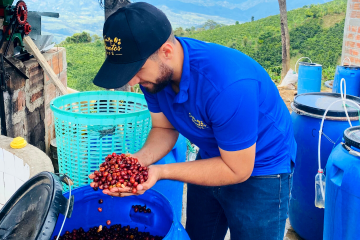
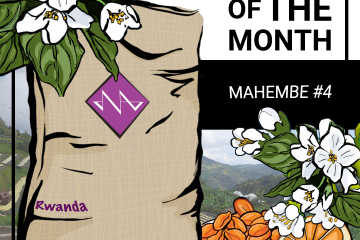
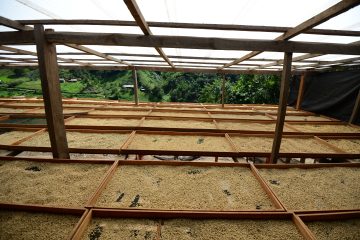
0 Comments